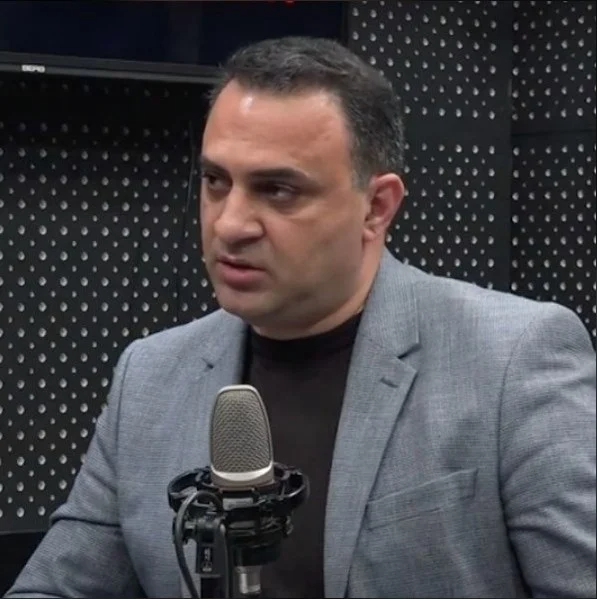The history of the global Armenian nation has become enriched with an essential experience of nationwide mobilization. For the past three decades, since the 1988 Spitak earthquake, domestic and foreign aid (from the diaspora) has been irreplaceable for Armenia. This time too. Since September 27, USD150 million was raised within one month. By all means, we should praise all the efforts contributed by the benefactors in Armenia and diaspora. It is possible to conduct a brief analysis based on the statistics published by the Hayastan All Armenian Fund. Some discrepancies are still possible regarding the way the receipt of the donations is recorded. For instance, in case of a transfer from a bank in one country, that country is indicated and not where the benefactor resides. Nevertheless, such cases, are unlikely to have a significant impact on the overall picture. What is essential is to look at the entire picture, which inspires Armenia’s and diaspora’s participation, aiming to make it continuous, I would say, regular. The presented data, obtained from open sources, disclose that 96.5% of the total amount (USD150 million) have been collected from 16 countries (including Armenia). Also, benefactors of Armenia-Artsakh from about 60 other countries contributed by providing donations.
The table presents the estimated average size of Armenian diaspora communities, based on high and low estimates. It is possible that the real number of ethnic Armenians can be higher than the calculated average ones. The number of Armenians living in about 60 countries marked as “other” is estimated at 955,000 people. This number, indeed, does not include crypto-Armenians living in Turkey. The presented figures show that the average per capita donation from Armenia and the diaspora is almost the same: USD17 and USD18, respectively. Thus, this amount can be considered as that of urgent pan-national mobilization. The breakdown of the numbers discloses that in several diasporic communities (for example, in Switzerland, the Netherlands, the USA, Germany, Austria, Sweden), the per capita donation level has been significantly higher. The economic factor’s inclusion – the GDP per capita can provide the reader with a better comparable picture.
Read also
As already specified above, the average per capita donation during the first month of the war was USD17-18. Logically speaking, during the post-war (peaceful) time, the average donation size is expected to be lower. However, Armenia’s economic position and the geopolitical situation around the country assume making such pan-national contributions on-going. As proposed, USD10 per month can be assumed as a MINIMUM MONTHLY NATIONAL DUTY PER EVERY FAMILY MEMBER. Indeed, people with strong financial capacity should consider covering what the socially vulnerable groups in Armenia cannot afford. Indeed, any contribution is purely voluntary. At the same time, let’s hope that the process will involve increasingly more Armenians, and many will commit themselves to the development and protection of Armenia-Artsakh to strengthen the reputation and international influence of the country, which is the cultural (and hopefully, in time, also political and economic) center of the Armenianness. These minimum monthly donations can be viewed as a symbolic contribution, reflecting the responsibility for preserving our shared history, culture, and heritage left by our ancestors. If we all regularly donate only USD10 a month (per person), Armenia will receive USD1 billion a year. This amount exceeds the total annual military spending from Armenia’s government budget. At the same time, accountability matters when it comes to receiving donations. Therefore, to maintain trust in the process, having periodic reports provided by the Foundation (for example, once a quarter) will be anticipated, with general directions of funds indicated, without in-detailed elaboration.
P.S. The average daily total amount of donations collected during the first month of the war was USD5 million, while, throughout the ten days passed afterward, in total, only about USD14 million or USD1.4 million per day has been received. Meanwhile, THE WAR IN ARTSAKH CONTINUES.
Vahagn Vardanyan, PhD
(Hong Kong)
“Aravot” daily



























































